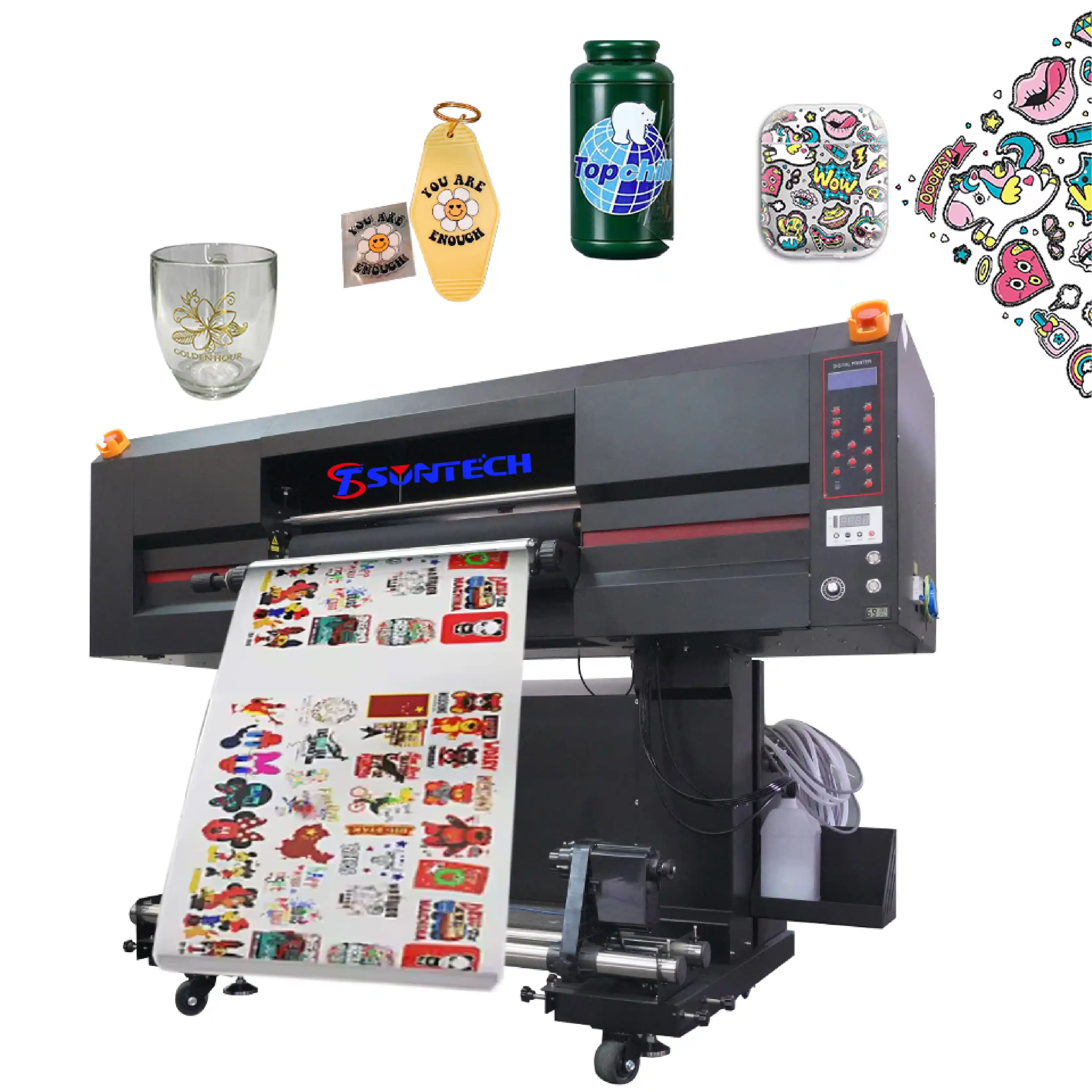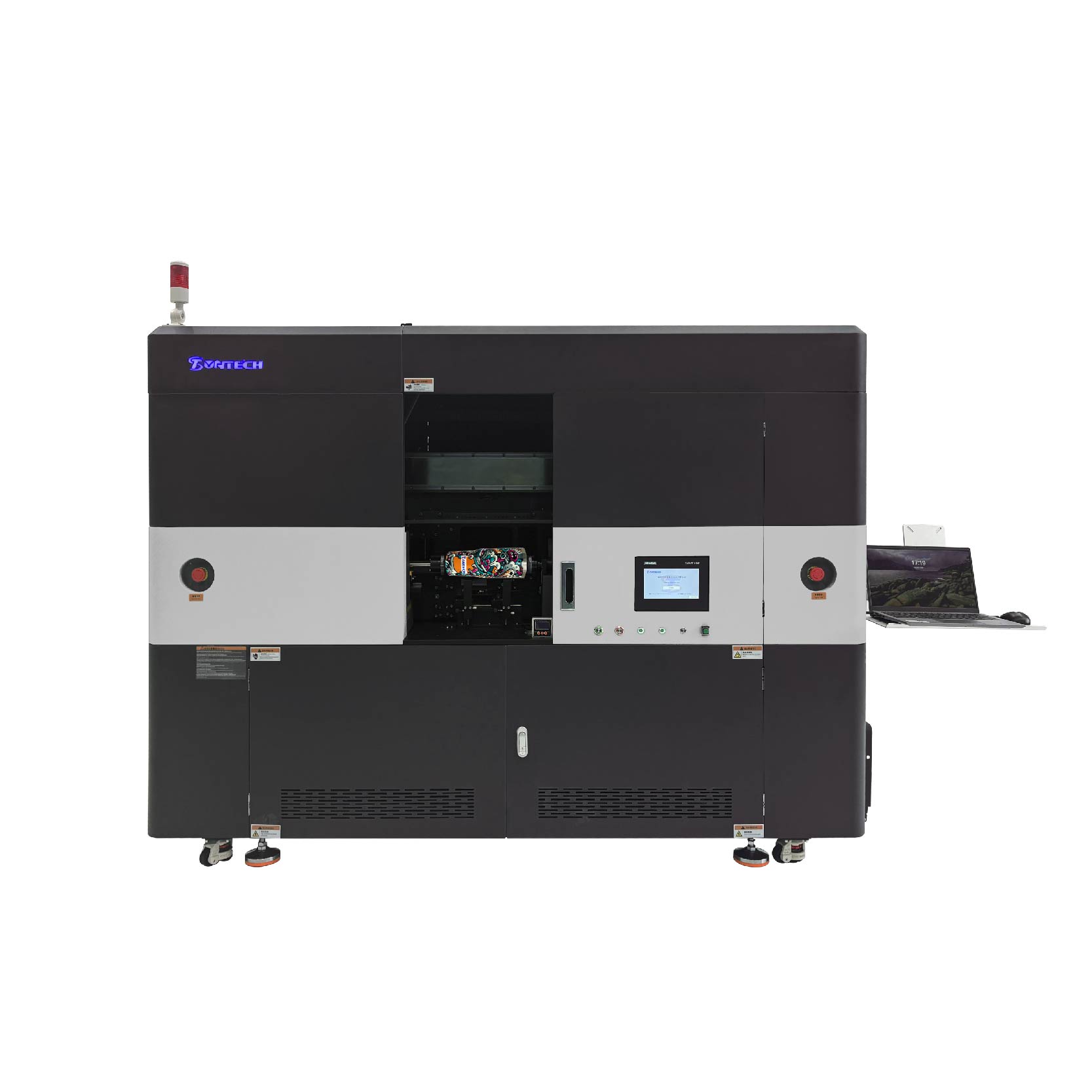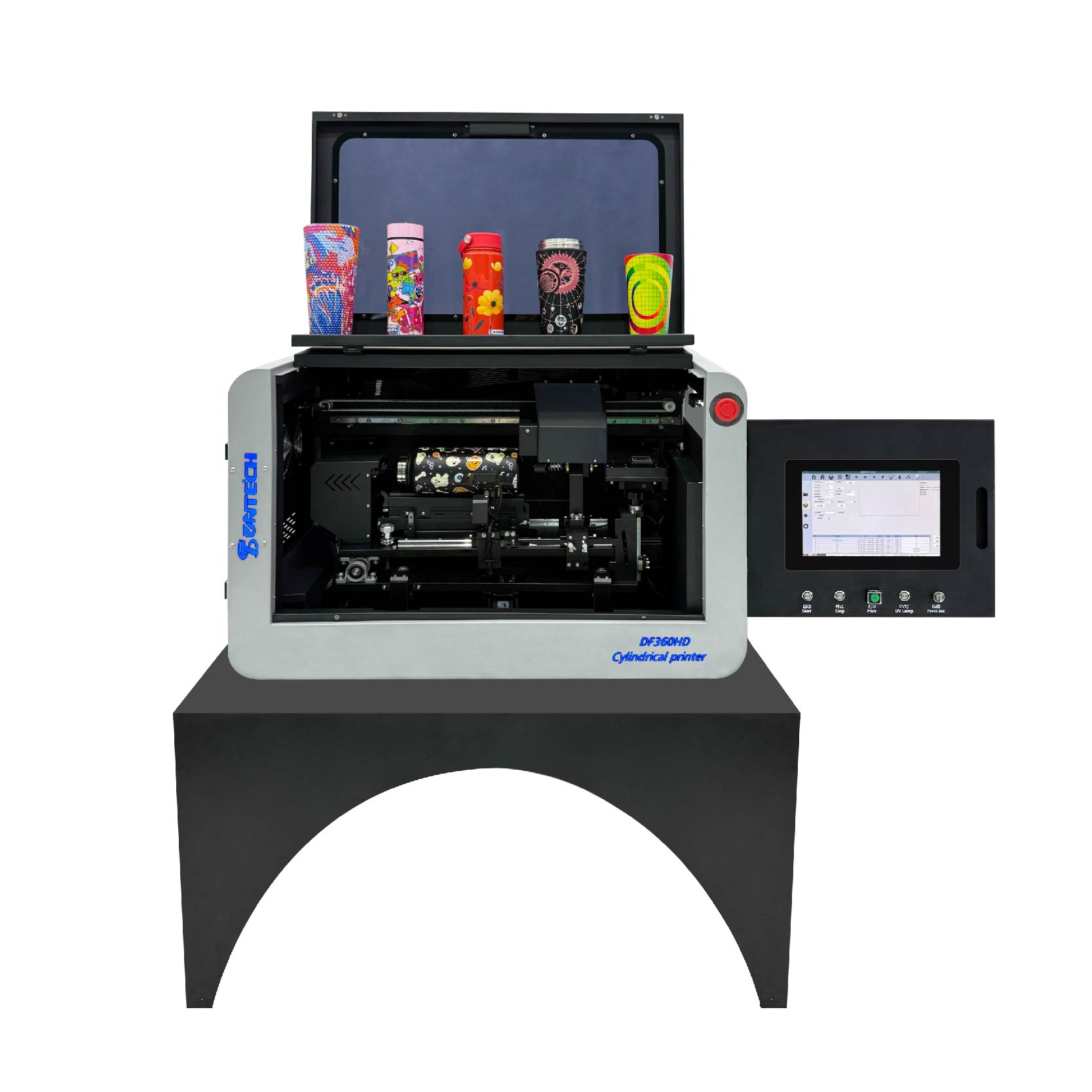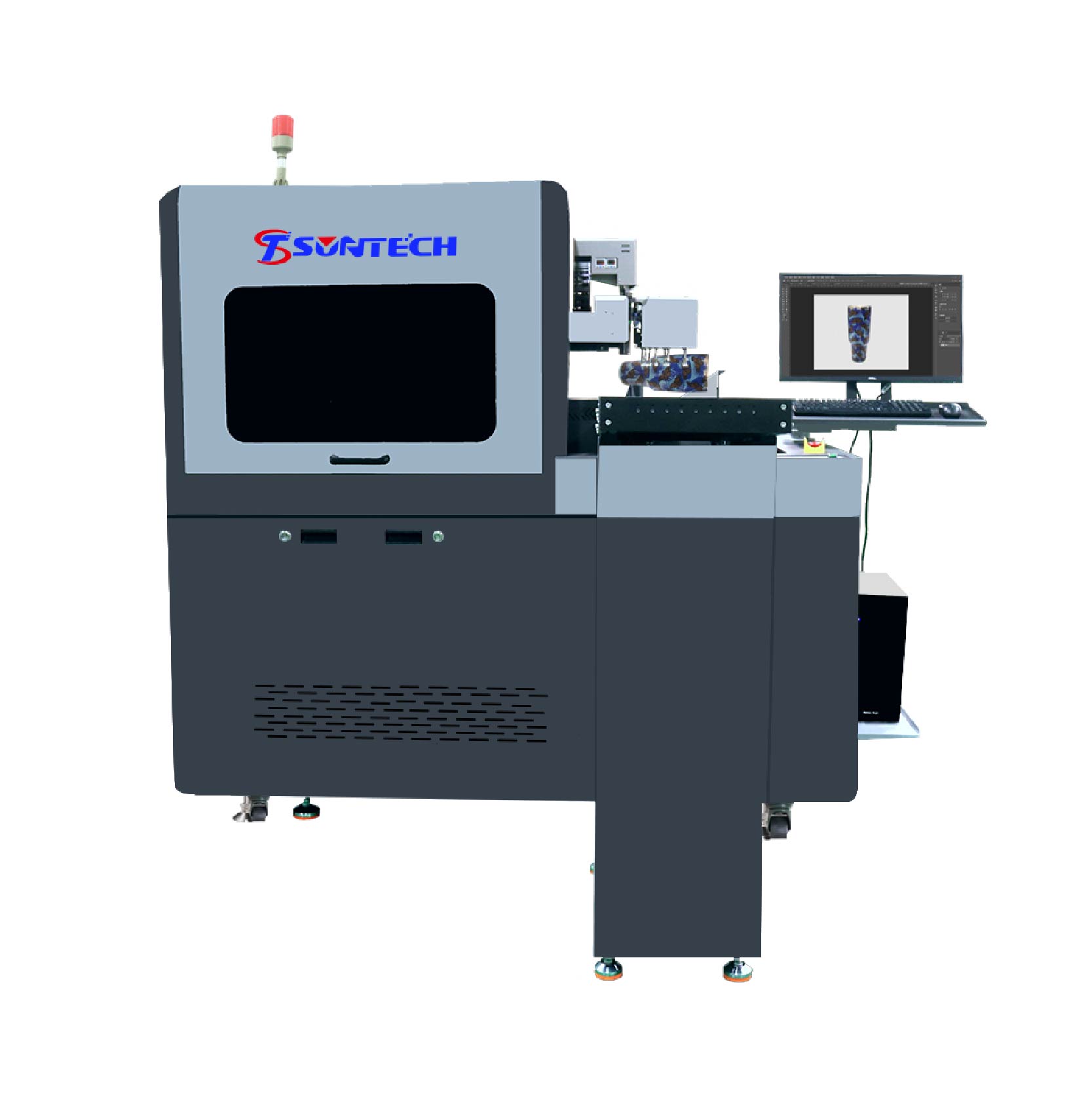Printing technology has evolved rapidly over the past decade, with a growing variety of materials available for different applications. Among the many options, DTF printer film vs paper is a comparison that stands out for both small businesses and large-scale printing companies. While both serve important roles in the printing industry, their characteristics, print quality, and best-use scenarios are quite different. Understanding these differences can help you make the right choice for your specific printing needs.
What is DTF Printer Film
DTF printer film stands for Direct to Film printing material. It is a specialized PET (Polyethylene Terephthalate) film designed to receive ink from a DTF printer. Instead of printing directly onto fabric or paper, the design is printed onto the film first, and then heat-transferred to the final surface, such as textiles, leather, or even wood.
Key Features of DTF Printer Film:
-
Material: High-quality PET film with a smooth, treated surface for optimal ink adhesion.
-
Print Method: Uses specialized DTF inks (including white ink) that sit on the film before being transferred.
-
Durability: Produces long-lasting prints resistant to washing, fading, and cracking.
-
Versatility: Works on cotton, polyester, blends, denim, and more.
-
Finish Options: Glossy or matte finishes are available.
Why it’s Popular: DTF printer film allows for vibrant, full-color printing without the need for pre-treatment on fabrics. It also handles detailed designs with ease, making it ideal for custom apparel, sportswear, and promotional products.
What is Printing Paper
Printing paper is one of the oldest and most widely used materials in the printing world. It comes in various weights, textures, and finishes, each suited for different applications, from simple office documents to high-end photographic prints.
Key Features of Printing Paper:
-
Material: Made primarily from cellulose fibers from wood pulp.
-
Print Method: Compatible with inkjet, laser, and offset printing technologies.
-
Durability: Varies based on paper quality and coating; generally less resistant to water and physical wear.
-
Versatility: Ideal for documents, posters, brochures, labels, and packaging.
-
Finish Options: Matte, glossy, satin, uncoated, or coated.
Why it’s Popular: Printing paper is inexpensive, easy to source, and works with nearly every type of printer. It’s the go-to material for high-volume printing where cost and speed matter most.

DTF Printer Film vs Paper — Core Differences
| Feature | DTF Printer Film | Printing Paper |
|---|---|---|
| Material | PET-based film with coating | Cellulose-based from wood pulp |
| Printing Method | Direct to Film (DTF) technology with heat transfer | Inkjet, laser, or offset printing |
| Ink Type | Specialized DTF pigment inks, including white ink | Standard dye or pigment inks |
| Surface Finish | Glossy or matte-treated film | Matte, glossy, satin, or uncoated |
| Durability | Highly resistant to washing and wear | Susceptible to tearing, water damage, and fading |
| Application | Apparel, textiles, hard surfaces | Documents, posters, labels, and general printing |
| Cost | Higher per sheet | Lower per sheet |
| Environmental Impact | PET requires recycling processes | Biodegradable, recyclable |
| Storage Requirements | Keep dry, dust-free, and avoid heat exposure | Store in a cool, dry place |
Printing Process Comparison
Printing on DTF Printer Film
-
Design Preparation: Create the design with CMYK and white layers for proper opacity.
-
Printing: Print the design onto the PET film using a DTF printer.
-
Adhesive Application: Apply a hot-melt powder over the printed design.
-
Heat Transfer: Press the film onto the target material with a heat press.
-
Peeling: Peel the film away, leaving the design transferred.
Printing on Paper
-
Design Preparation: Prepare the artwork in the desired format.
-
Printing: Use inkjet, laser, or offset printers depending on the project.
-
Drying/Fixing: Allow ink to dry or toner to set, depending on the technology.
-
Finishing: Cut, bind, laminate, or fold as required.
Print Quality and Color Reproduction
DTF Printer Film:
-
Produces bold, vibrant colors.
-
Capable of printing opaque white, allowing designs to pop on dark fabrics.
-
Maintains detail in complex graphics.
-
Ideal for photo-realistic prints on apparel.
Printing Paper:
-
Quality varies by paper type and printer technology.
-
Coated papers produce high-definition, sharp images.
-
Limited in printing white unless using specialty printers.
-
Best suited for flat, two-dimensional visual media.
Durability and Longevity
When it comes to DTF printer film vs paper, durability is one of the most significant differences.
-
DTF prints are resistant to washing, abrasion, and UV fading. This makes them perfect for clothing, tote bags, and other items that need to withstand daily wear.
-
Paper prints, unless laminated or coated, are more vulnerable to moisture, sunlight, and tearing. They are better suited for short-term or indoor use.
Cost Considerations
While DTF printer film generally costs more per sheet than standard printing paper, the higher durability and ability to print on a wide range of materials can justify the expense for certain projects. Paper, on the other hand, remains the more economical choice for high-volume, disposable prints.
Environmental Impact
-
DTF Printer Film: Made from PET, which is recyclable but not biodegradable. Proper disposal and recycling processes are essential.
-
Printing Paper: Biodegradable and widely recyclable, but paper production has its own environmental footprint due to deforestation and water usage.
Best Use Cases
DTF Printer Film Works Best For:
-
Custom T-shirts and hoodies
-
Sports jerseys
-
Tote bags and caps
-
Decorative pillows
-
Non-paper promotional items
Printing Paper Works Best For:
-
Flyers, brochures, and posters
-
Business documents and forms
-
Greeting cards
-
Photo prints
-
Packaging inserts
Choosing Between DTF Printer Film vs Paper
When deciding, consider:
-
End Use: Is the item meant to be worn, washed, or handled often?
-
Durability Needs: Will it face exposure to moisture, sunlight, or friction?
-
Budget: Are you prioritizing cost savings or long-term quality?
-
Environmental Concerns: Is recyclability a major factor?
If you need long-lasting, vibrant designs on non-paper materials, DTF printer film is the superior choice. If you need cost-effective, quick printing for flat documents or short-term marketing materials, paper is the winner.
The DTF printer film vs paper debate isn’t about which is universally better — it’s about which is better for your specific project. Both materials have their strengths, and understanding those differences allows you to make informed printing decisions that meet your goals for quality, cost, and environmental responsibility.
Whether you’re a business owner producing custom apparel or a marketing manager printing hundreds of brochures, the right choice between DTF printer film vs paper can make all the difference in achieving the results you want.




